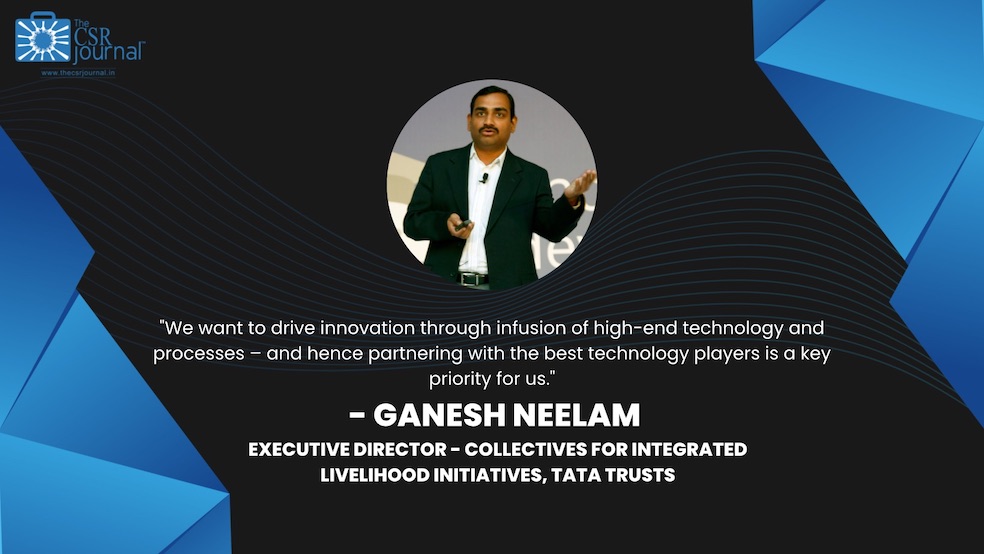Mr Ganesh Neelam from Tata Trusts Talks About Development in Rural India
Related Articles
Farmer Suicide in Bihar: जहां बाकी राज्य फेल हुए, वहीं बिहार ने रचा इतिहास, 8 साल में नहीं हुई एक भी किसान आत्महत्या
देशभर में जहां किसान आत्महत्या (Farmer Suicide in India) एक भयावह समस्या बनी हुई है, वहीं बिहार ने वह कर दिखाया है जो अब...
CSR News: Ambuja Cement help Farmer in Nagpur with Modern Vegetable Farming
Ambuja Cements, the cement and building material company of the diversified Adani Portfolio, has empowered farmers like Umesh Chandrawanshi from Khandala village, near Chandrapur...
Bihar को केंद्र से मिला Mega Highway Gift: ₹33,464 करोड़ की 52 NH Projects से बदलेगी राज्य की तस्वीर
बिहार को केंद्र सरकार की ओर से इंफ्रास्ट्रक्चर के क्षेत्र में अब तक की सबसे बड़ी सौगात मिली है। Financial Year 2025-26 में National Highways (NH) के निर्माण...

